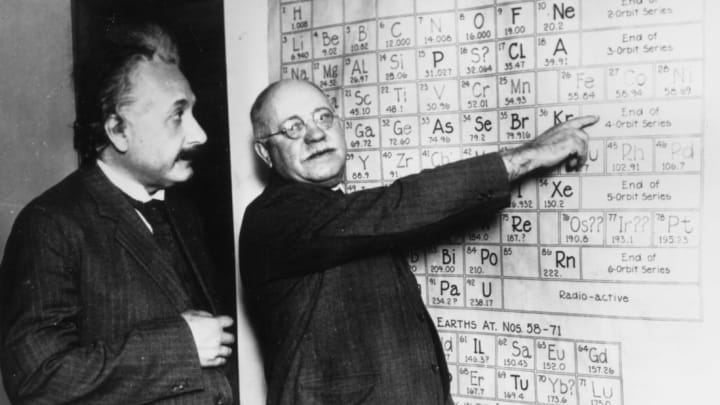For the same reason more than one person solves most other types of equations.
Unlike simple equations such as, say, the quadratic equation you learn about in high school, most equations do not have nice, simple, general solutions. Rather, specific solutions exist for specific values, or specific sets of values, of the equations' parameters.
Einstein’s field equations are like this. Spelled out in full, they represent a set of 10 coupled second-order differential equations in 10 unknown functions. That is not something that you just whip up a solution for.
The solutions that do exist are solutions representing special cases. The most famous among these is perhaps the Schwarzschild solution. This is a solution that represents a highly symmetric scenario: a vacuum solution (with no matter present), which does not depend on time, and which is spherically symmetric, so it depends only on the radial coordinate. In the end, this turns out to be a solution of only two unknown functions, in the form of two very simple differential equations that can be readily solved.
Other solutions are not this simple. In most cases, nice, elegant, closed form solutions do not exist, so the equations need to be solved numerically. And even that is a challenge, as it is difficult to specify initial values for the unknown functions that correspond to physically meaningful, stable configurations of matter. There is an entire discipline, numerical relativity, devoted to this topic alone.
Bottom line: most equations do not have nice, simple, generic solutions, and Einstein’s field equations are no exception.
This post originally appeared on Quora. Click here to view.
